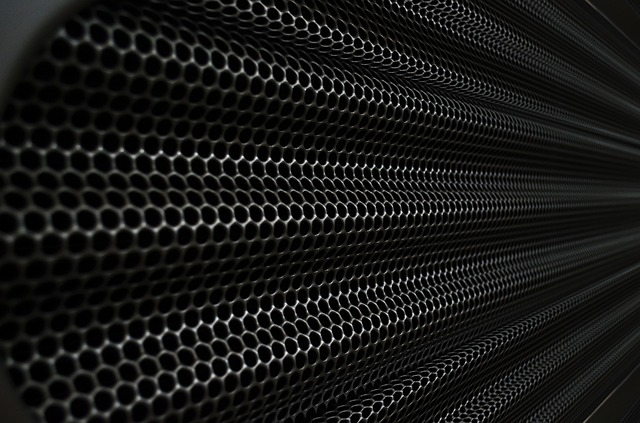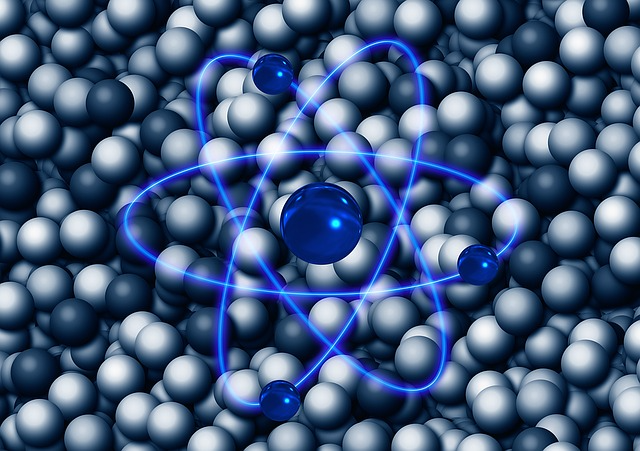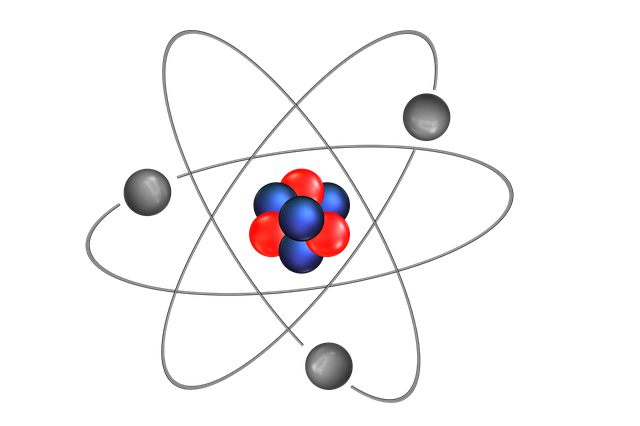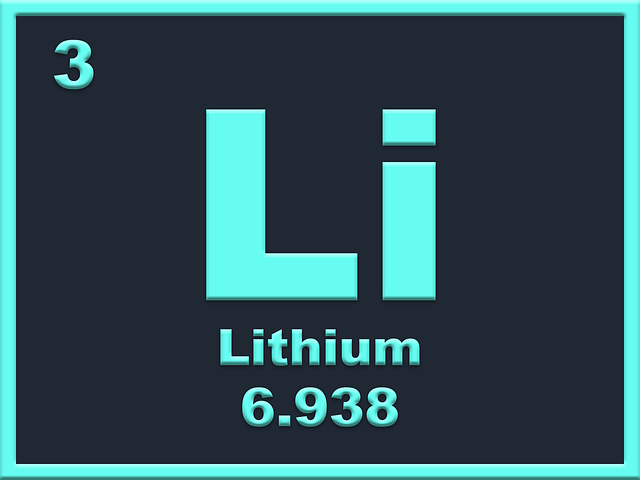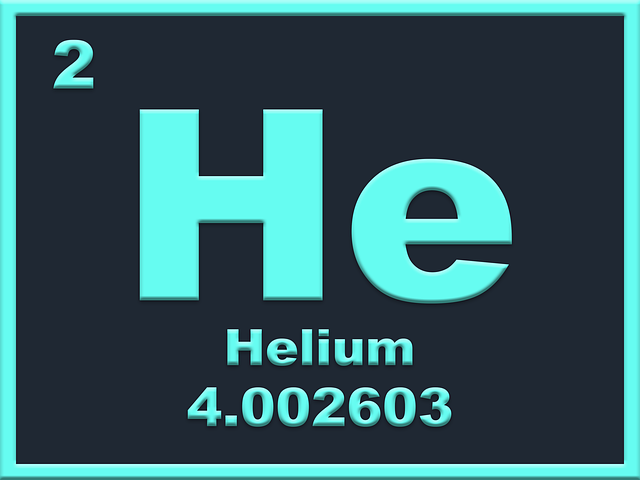It was discovered and isolated by Russian chemist Karl Ernst Claus in 1844. He named it after his Motherland Russia (Ruthenia Latin name for Russia).
What is ruthenium?
Ruthenium is a chemical element with an atomic number 44. Its relative atomic mass is 101.07 g/mol and it is represented by the symbol Ru. it is a d-block rare transition metal. In the periodic table, it is in group 8 and period 5. The electronic configuration is [Kr] 4d7 5s1 (1s2, 2s2, 2p6, 3s2, 3p6, 4s2, 3d10, 4p6, 5s1, 4d7). Ruthenium atom has 44 electrons and protons as well as 57 neutrons. It is a metal and solid at STP. Its melting point is 2607 K ?(2334 °C, ?4233 °F) and its boiling point is 4423 K ?(4150 °C, ?7502 °F). It has a silver metallic colour and a density of 12.45 g/cm3 at room temperature. Electro negativity of Ruthenium is 2.2 (Pauling scale). The first ionization energy required is 710.2 kJ/mol. The oxidation states are −4, −2, 0, +1, +2, +3, +4, +5, +6, +7, +8 mostly making mild acidic oxides.
Ruthenium has seven naturally occurring stable isotopes in which Ruthenium-102 has the most abundance of 31.55%. Ruthenium has 27 radioactive isotopes. It was discovered and isolated by Karl Ernst Claus in 1844. He named it after his motherland Russia. (Ruthenia a Latin name for Russia).
Ruthenium is obtained as a by-product from Platinum and copper ore. It is a rare metal and its concentration is different from place to place in ores. Annually there are an estimated 30 tonnes of Ruthenium is produced. It has an average concentration of 100 parts per trillion in Earth's crust. It is found in ores like pentlandite and pyroxenite deposits but in a very small concentration. Ruthenium is found in Russia, Canada and South Africa.
It has some of the following applications.
Ruthenium-cobalt catalysts are used in Fischer-Tropsch synthesis.
Grubbs' catalysts are used in the preparation of drugs.
Its applications are in electronics. Electrochemistry and catalysis.
Ruthenium is used in electrical contacts.
Its addition to titanium alloys increases its corrosive resistance.
Ruthenium dioxide is used in thin-film chip resistors along with lead and bismuth.
Fountain pen nibs are tipped with ruthenium alloy.
Ruthenium red is used in the biological staining of molecules like nucleic acids and pectin.
